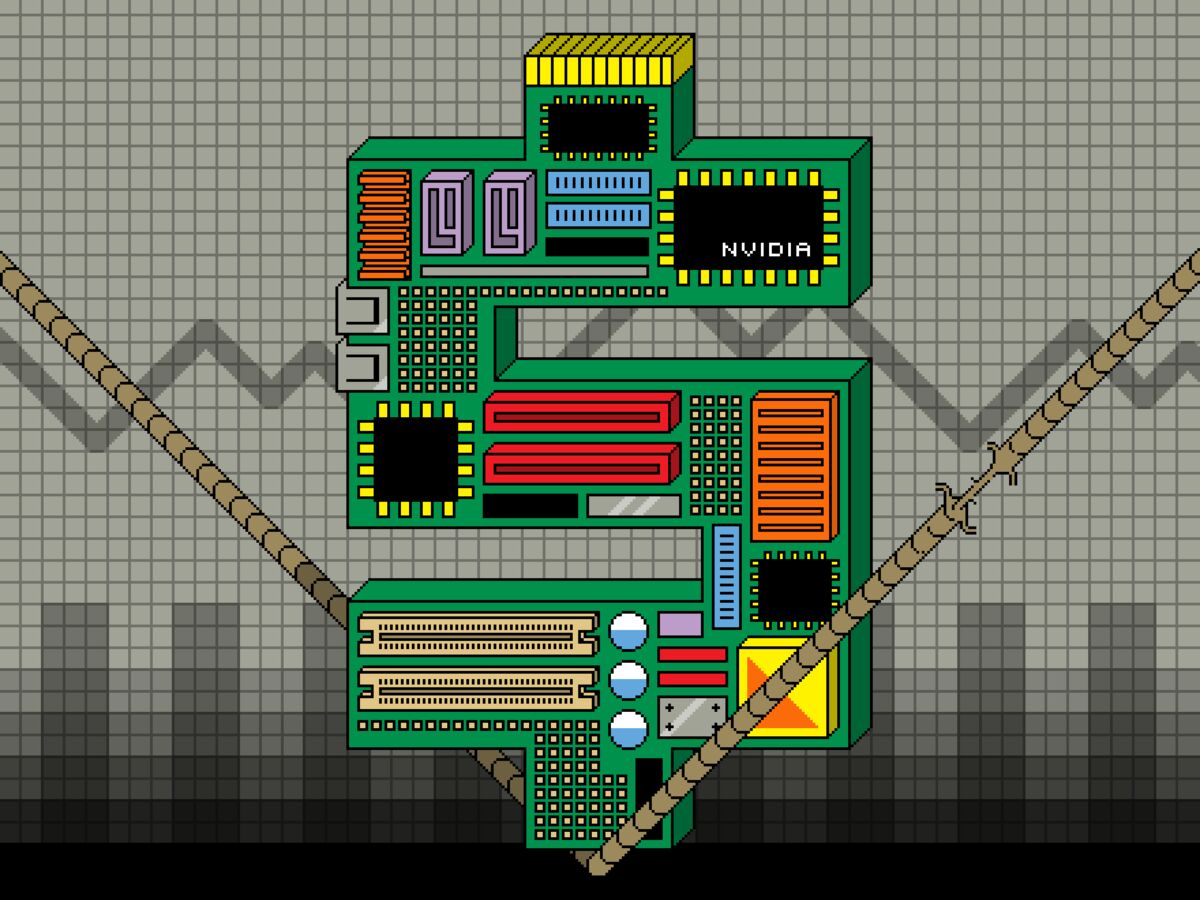AI's Trillion-Dollar Infrastructure Bet: What Leaders Need to Know
NeutralArtificial Intelligence
- The rapid growth of artificial intelligence (AI) has led to significant investments, with companies now valued at trillions of dollars. This surge is driven by optimistic projections about AI's potential to enhance economic productivity, despite emerging concerns about market sustainability and potential bubbles.
- For leaders and organizations, understanding the implications of this trillion-dollar infrastructure bet is crucial. It highlights the need for strategic planning and investment in AI technologies while being mindful of the associated risks and ethical considerations.
- The ongoing investment in AI infrastructure raises critical questions about sustainability, as the demand for data centers strains power grids and environmental resources. Additionally, issues of bias, transparency, and accountability in AI systems underscore the importance of developing inclusive and responsible AI practices.
— via World Pulse Now AI Editorial System




